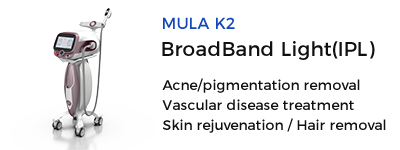Lentigo

Lentigo
Lentigo refers to brown or black spots on the skin or mucous membranes. It can occur at the junction of skin and mucous membranes or on the conjunctiva of the eye. This condition is common, presenting as uniform brown or dark brown spots, ranging in size from a grain of rice to a pea, with clear boundaries.
1. Cause and Pathogenesis
The cause of this condition is unclear, but it may be related to genetics.
2. Clinical Manifestations
Lentigo can occur on any part of the body, including the junction of skin and mucous membranes or the conjunctiva of the eye. It commonly appears as uniform brown or dark brown spots, ranging in size from a grain of rice to a pea, with a diameter often not exceeding 5mm. The spots have clear boundaries, a smooth surface, or slight scaling. They can be scattered, solitary, or multiple but do not merge, and may be localized to one area or widespread across the body. The color does not deepen with sun exposure, and they do not disappear in winter. This condition can occur at any age from infancy to adulthood, with rashes persisting without spontaneous regression and no discomfort.
3. Pathological Characteristics
Histopathological examination shows an increase in epidermal melanin, an increase in basal layer melanocytes, elongation of dermal papillae and epidermal ridges, and melanophages in the upper dermis.
4. Diagnosis and Differential Diagnosis
Diagnosis is based on clinical manifestations and histopathological examination. It should be differentiated from freckles, although these conditions can occasionally coexist, making diagnosis challenging.
5. Treatment
This condition generally does not require treatment. For cosmetic purposes, Q-switched laser and intense pulsed light (IPL) treatments can be used.
(i) Alexandrite Q-Switched 755nm Laser
Wavelength 755nm, with a reference energy density of 4-8J/cm². Each lesion is irradiated individually until the area turns white without bleeding, indicating appropriate energy. Each spot is typically irradiated 1-2 times to turn the entire spot white, followed by the application of antibiotic ointment. Usually, after more than 5 treatments, the lesions can significantly fade or disappear, and recurrence is rare.
(ii) Q-Switched Ruby Laser
Wavelength 694nm, with a reference energy density of 4-6J/cm². Usually, more than 5 treatments are required to achieve a good effect. Post-treatment hypopigmentation may occur, generally fading within 6-9 months.
(iii) Q-Switched Nd
Laser
Wavelength 1064nm, pulse width 7ns, energy density 500mJ/cm². Treatment can be effective after 1-4 sessions. Caution is needed as excessive energy may cause atrophic scarring or hypopigmentation.
(iv) Others
Q-Switched Frequency-Doubled Nd
(532nm) Laser also has certain effects but requires multiple treatments. IPL requires more treatment sessions to achieve good results and can be combined with laser therapy to improve efficacy. Both short-pulse laser and IPL have minimal adverse effects, mainly temporary hyperpigmentation. Pre- and post-treatment considerations are similar to those for freckle treatment.
Source: Lentigo

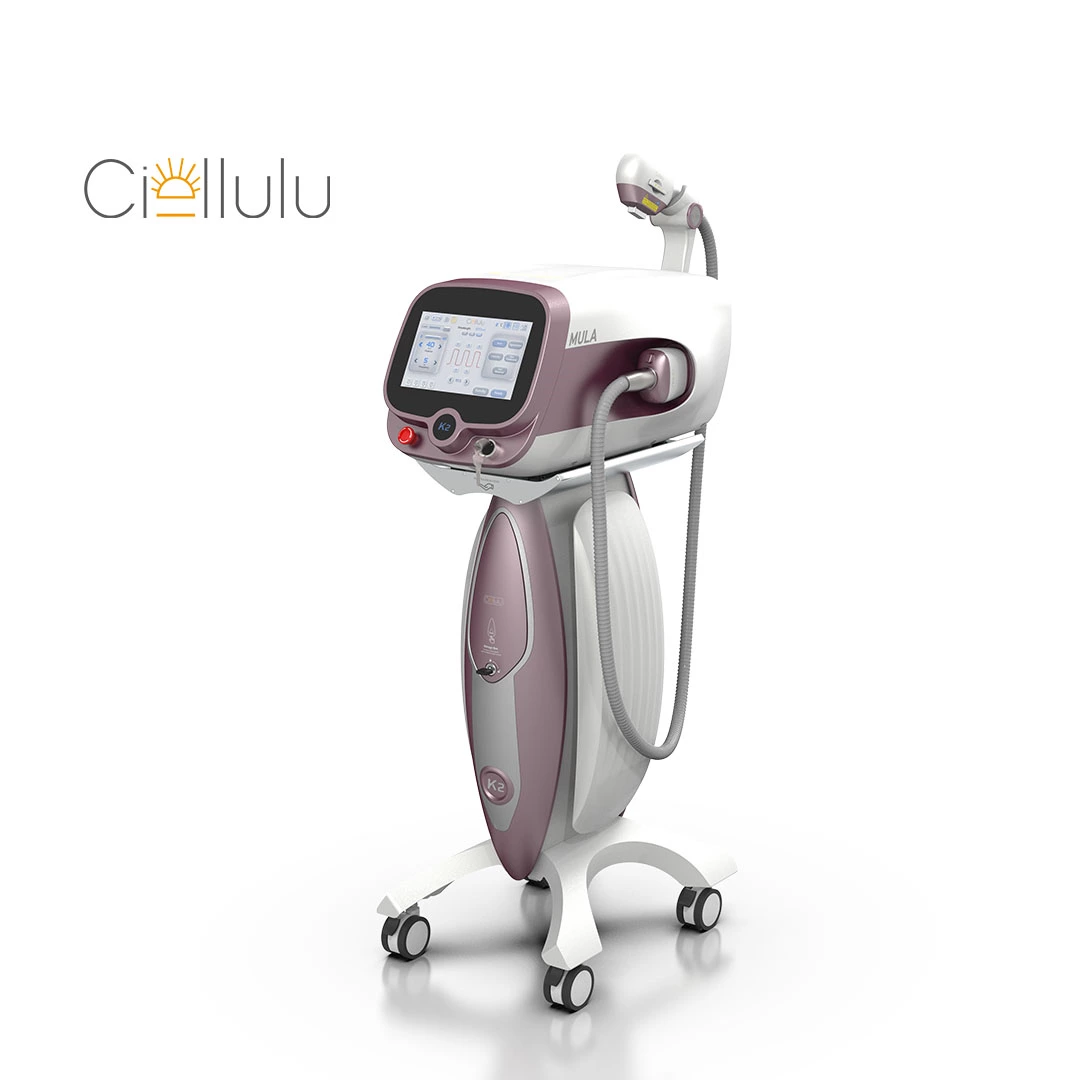
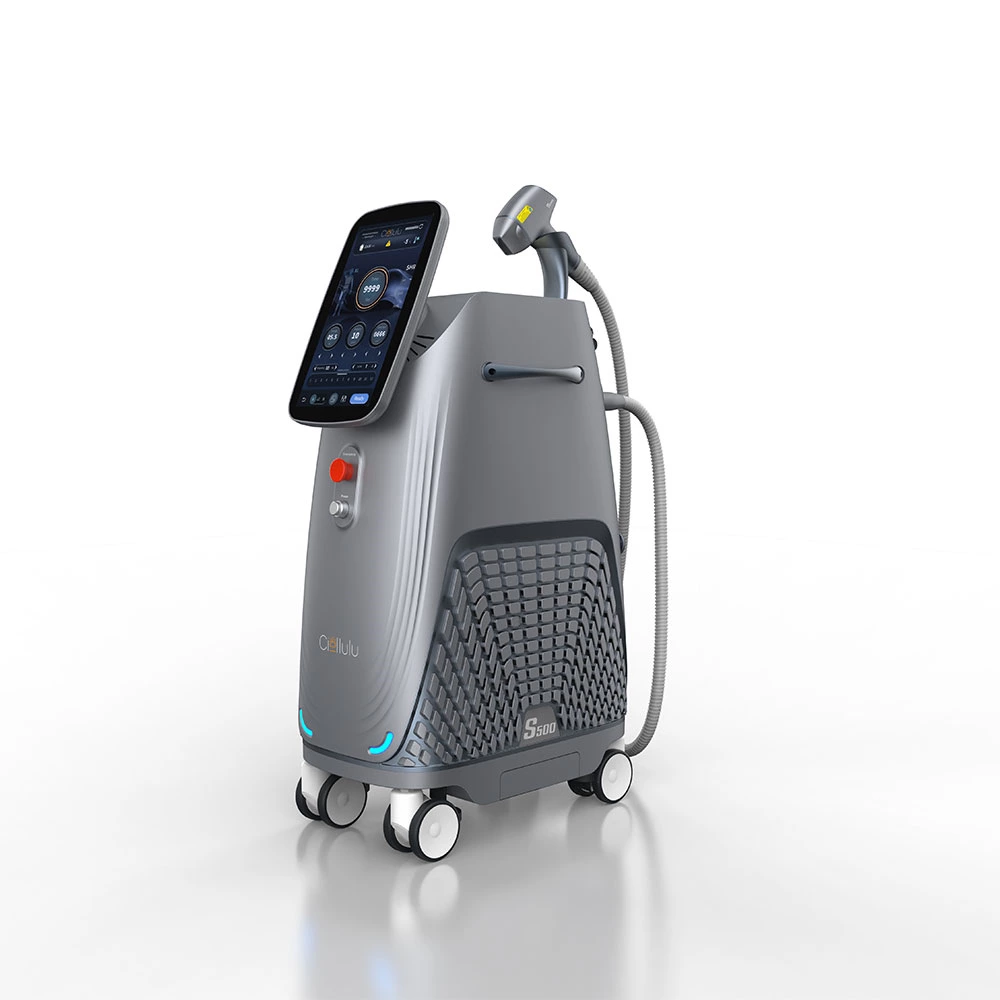
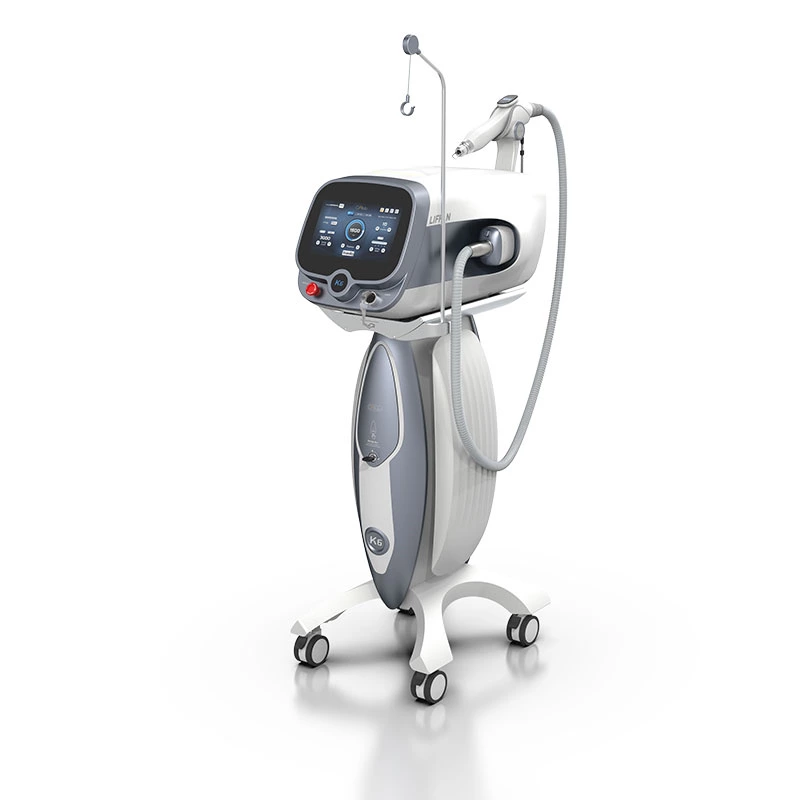
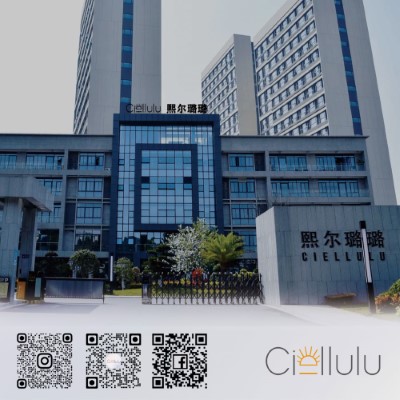 Ciellulu Laser - Facial Machine Supplier
Ciellulu Laser - Facial Machine Supplier